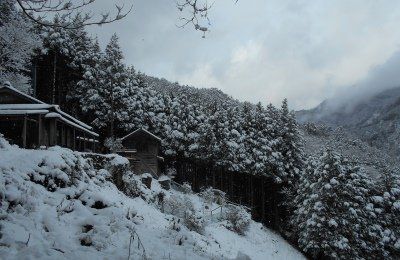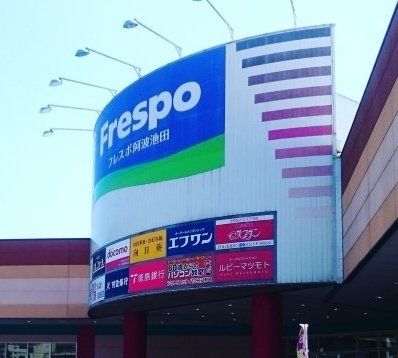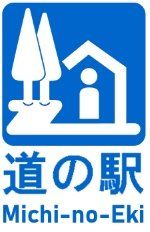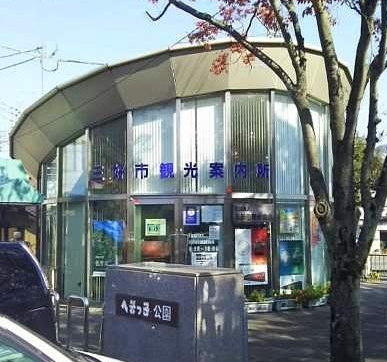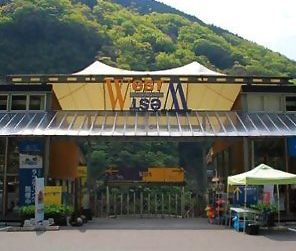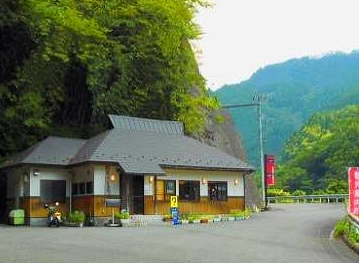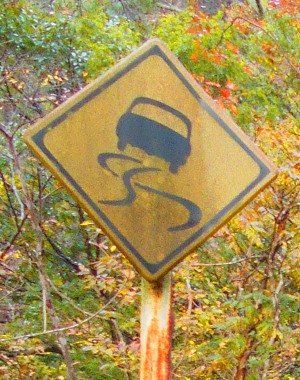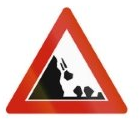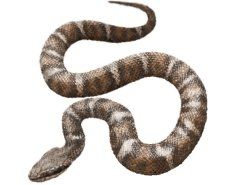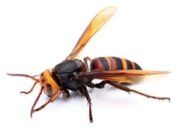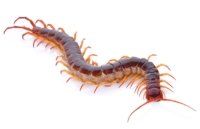Having a car may seem like a great way to get around the majority of the Iya Valley and Miyoshi area, however, for many people (both foreigner and non-local Japanese alike), the roads can be a bit difficult to drive upon and accidents often happen. Please do not drive yourself in the Iya Valley unless you are an experienced driver.
Even though main access roads to some of the major sights in Nishi-Iya, Oboke and Ikeda are two laned, there are always lots of curves, and the lanes can be quite narrow when encountering a large truck coming from the other direction. Also, there is usually little or no shoulder, and no sidewalks, so care should be given to cyclists and pedestrians (if hitting a cyclist or pedestrianfor any reason, in Japan the car driver is almost always at fault).
And there are many one-laned roads throughout every area, particularly in Oku-Iya, and all these narrow roads have lots of blind curves. Local people also tend to drive rather quickly, but you should drive at your own pace with caution and just let someone pass you if they wish (pull to the side if need be).
Most one-lane blind curves have mirrors you can check to see if another vehicle is coming. But always be ready to quickly hit the breaks on one-lane curves. The surrounding views are for the passengers to enjoy, but the driver should keep their eyes on the road and hands upon the wheel. When (not if) you come head-to-head with someone at a point where two vehicles can not easily pass, it is usually best for one vehicle to reverse to a wider point instead of trying to squeeze past eachother (locals know to do this, visitors from elsewhere usually do not). Trying to squeeze past can easily result in vehicle damage, so use reverse.
Again, accidents happen almost daily, with some being severe, and some maybe just a dent or scratch, but more often than not the accidents tend to involve someone who is not from the area. Non-local Japanese also have trouble with the Iya Valley roads since they are unlike most other roads in Japan, and foreign drivers in rental cars often have the added problem of not being used to driving on the left side of the road. So always drive with caution because you never know who is around the next curve.
Seriously, driving here is not for everyone, so please be realistic with your driving skills and not overconfident. A minor collision with another car requires a police report and can ruin the rest of your day at the very least, but if any injury is involved it can destroy your whole Japan trip, not to mention how the closest hospital is at least 1 to 2 hours from most points within the Iya Valley, plus the further time needed for one of the few local ambulances just to respond.


